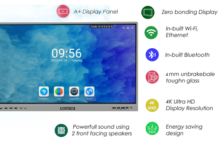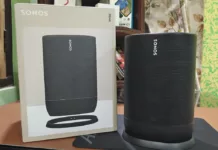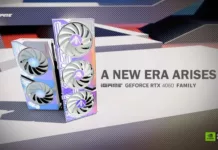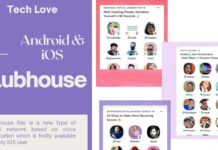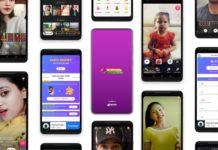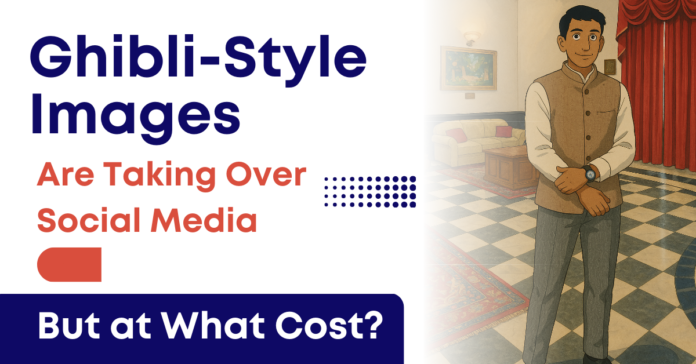It all started with a wave of mesmerizing, dreamlike images. Scrolling through your feed, you suddenly see a peaceful train ride through a foggy forest, or a sleepy town under warm lantern lights — all crafted in the unmistakable Studio Ghibli art style. Only these weren’t animations from the legendary Hayao Miyazaki. These were AI-generated. And within hours, the internet couldn’t get enough.
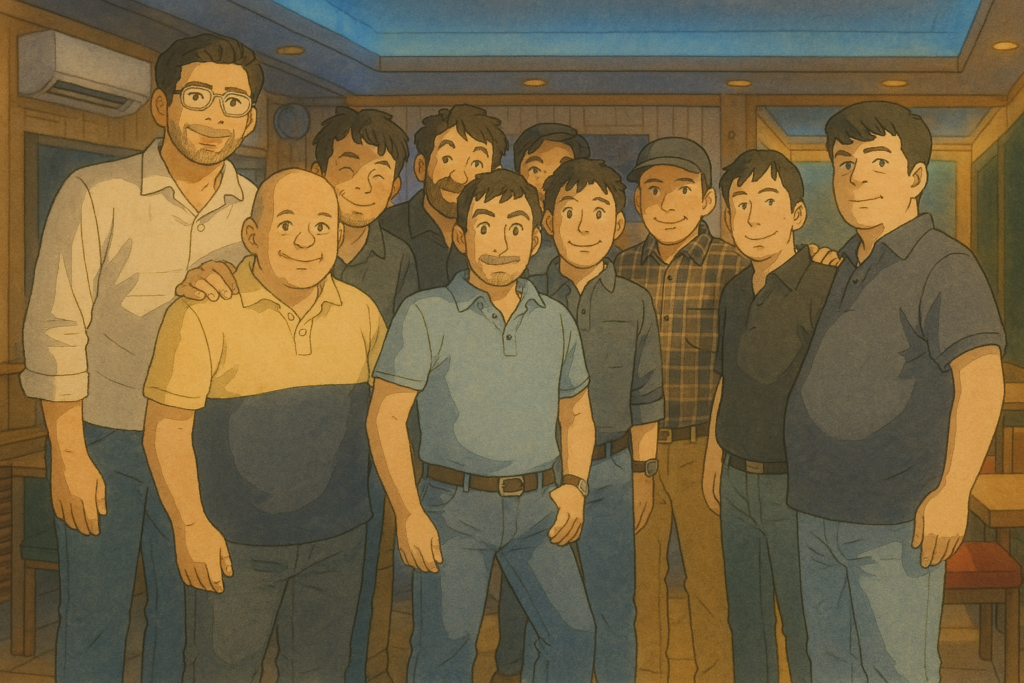
#GhibliAI, #GhibliStyle, and #AIArt began trending globally. From Reddit to Instagram, and especially TikTok, everyone — from artists and tech geeks to your cousin who just discovered ChatGPT — was either sharing these nostalgic visuals or trying to make their own.
But behind the aesthetic explosion of pastel tones and floating spirits lies a wild tale of sleepless nights, breakthrough tech, and even a warning from the CEO of OpenAI himself.
The Ghibli Wave: A Digital Daydream
The trend caught fire when a few prompt engineers — the new-age wizards of generative AI — cracked a powerful combination of keywords and modifiers that made tools like DALL·E, Midjourney, and Stable Diffusion produce artwork that could easily be mistaken for Ghibli’s own.
Terms like “soft lighting,” “hand-painted feel,” “Studio Ghibli style,” and “cozy atmosphere” became golden tickets in the prompt world. Artists began refining prompts for hours to match the ethereal storytelling feel of films like Spirited Away or My Neighbor Totoro. The results were captivating. Everyone wanted a piece of the Ghibli magic.
For many, it was art therapy. For others, it became a playground of creativity. And for the internet — it was a trend that took over timelines with surprising force.
Tech Teams and Prompt Magicians: The Real Heroes
While social media danced in aesthetic bliss, tech teams were grinding behind the scenes. Small Discord communities turned into 24/7 AI labs. Prompts were shared, tweaked, broken down, and re-engineered. Reddit threads ballooned with theories and new techniques. “Prompt recipes” became digital gold.
Some AI artists even used scripts to auto-generate hundreds of Ghibli-style frames, creating animated loops that looked eerily close to real Studio Ghibli scenes. The combination of motion interpolation with tools like RunwayML, Topaz Video, and EbSynth added fluid motion to still frames — making the illusion even stronger.
And then, in the middle of the chaos, something unexpected happened.
Sam Altman Steps In: “Give Fewer Prompts”
OpenAI CEO Sam Altman, the man behind ChatGPT and DALL·E, took to X (formerly Twitter) with a simple but striking message: “Give fewer prompts.”
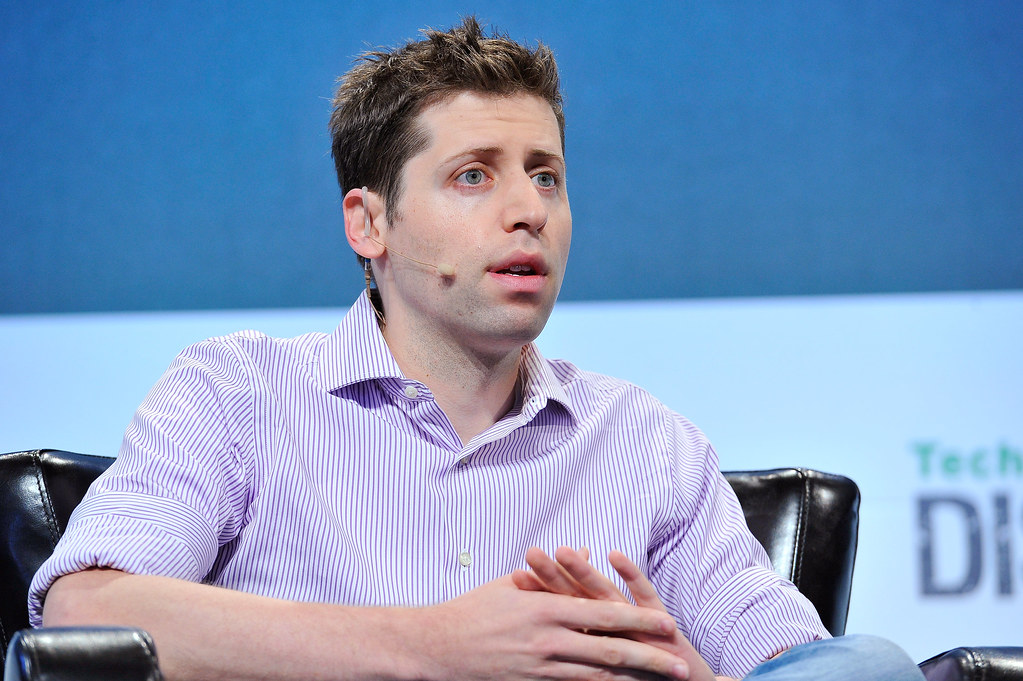
While some took it as a joke, others read between the lines. Was he hinting at prompt fatigue? Was it a gentle nudge against overloading the AI systems? Or maybe a plea for people to step back and let creativity simmer instead of brute-forcing through iterations?
Whatever his intent, the message struck a nerve — especially for the techies running 3AM test loops just to refine a single composition.
In a way, his message was a reminder. Yes, technology is powerful. But it’s not about how many prompts you can jam in. It’s about which one makes you feel something.
The Sleepless Side of Innovation
As the internet celebrated these breathtaking creations, many behind the scenes faced burnout. Developers and designers pulled all-nighters trying to refine their tools. AI researchers debugged style-transfer glitches. Even social media managers worked overtime just to ride the wave before it crashed.
One user jokingly wrote, “My team hasn’t slept in 3 days — but we made a 15-second Ghibli-style loop of my cat running through an enchanted forest, so totally worth it.”
It’s this weird blend of exhaustion and inspiration that defines today’s tech culture. Sleep-deprived but passionate, creators keep pushing the limits — sometimes too far.
So, What Now?
The Ghibli-style trend may fade, but its impact won’t. It’s a symbol of what happens when artistry and AI dance together. It shows that inspiration doesn’t always come from pixels — sometimes, it comes from a feeling. A memory. A style that reminds us of simpler times.
And as we ride into the next trend, maybe — just maybe — we’ll take Altman’s advice. Fewer prompts. More intention.
But until then, let the digital spirits of AI keep floating gently across our screens.
Final Words (With a Wink)
To all the tech folks burning the midnight oil and the artists chasing magic through prompts — we see you. And we appreciate you.
Now go drink some water. Touch some grass. And maybe watch Howl’s Moving Castle for real this time.
Oh, and maybe — just maybe — get some sleep.





